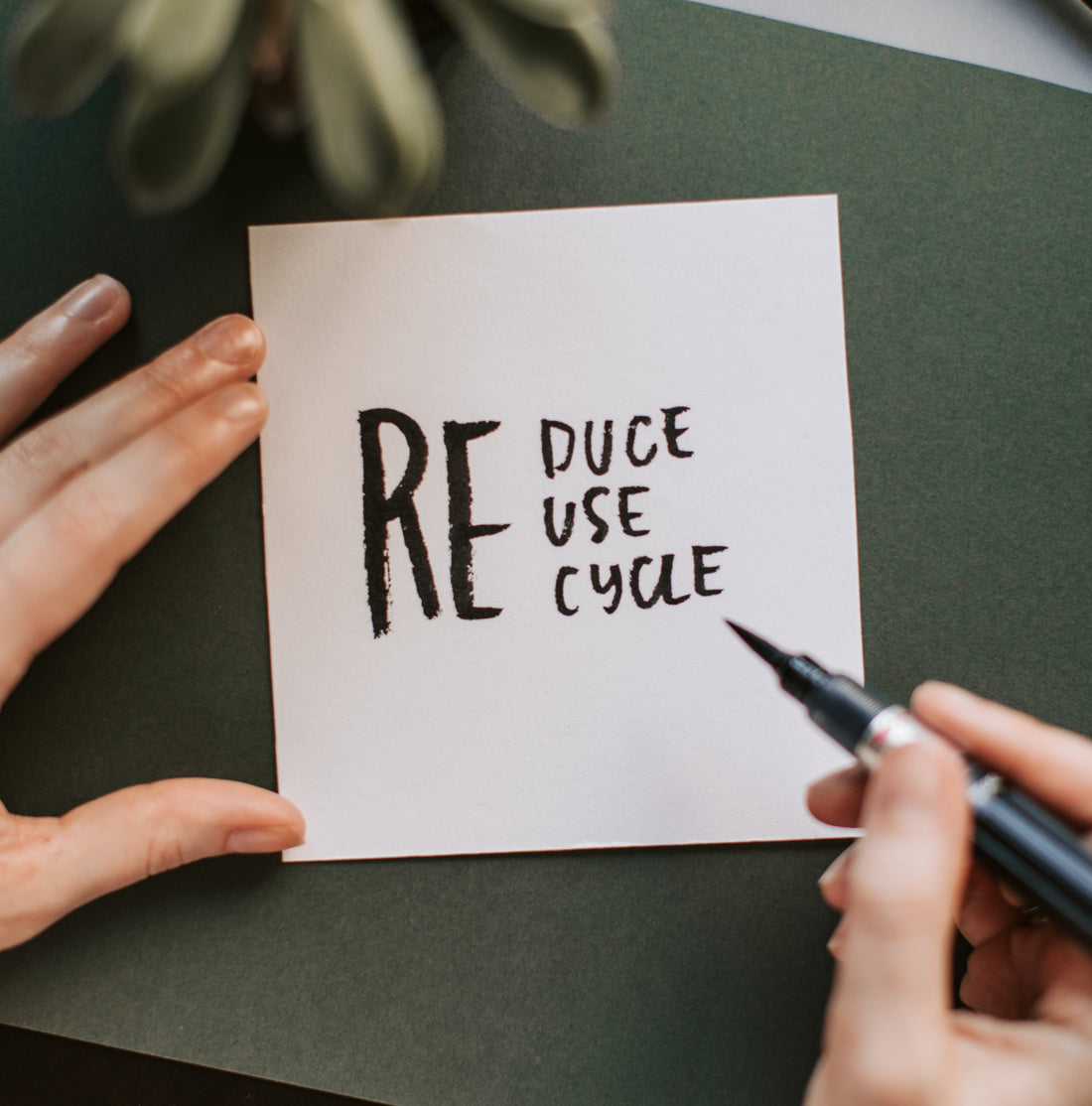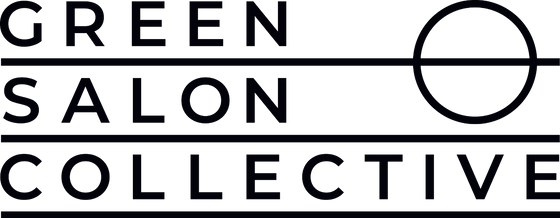
Circular Economy for Salons, Explained
Circular Economy Explained
Traditionally, we have taken or extracted materials from the earth and our natural world, often causing great harm to ecosystems and wildlife. Then we make materials, products and packaging that we use, in many cases just once. When we feel we no longer want or need these things, we simply throw them ‘away’. This is the take-make-waste model of a linear economy. It is unquestionably outdated.
Our current linear economy is causing large-scale and sometimes irreparable harm to our planet and thus also to people and animals. Some of the environmental issues arising from this archaic system are: resource scarcity, biodiversity loss and mass extinction, plastic pollution, environmental degradation, global warming and climate change.

What does a circular economy look like?
A circular economy is based on reducing consumption, waste and pollution through better design of materials, products and packaging. It also prioritises reverse logistics trends and practices to ensure the return of those goods back into the system where they can be reused, repaired or recycled. These are the five Rs of a circular economy, according to MeetthefiveRs:
REDUCE – REUSE – RECYCLE – REPAIR – RETURN
At its core, it involves keeping goods ‘in the loop’ for as long as possible, if not indefinitely. Ideally hairdressing businesses, salons, barbershops or groups thereof can create their own closed loop systems so the individual or group can eliminate their need for virgin or non-renewable materials, resources and energy. A circular economy will also look to regenerate our natural ecosystems and repair the damage inflicted by the linear economy.
Examples of the five Rs in action:
Reduce: Reducing salon towel waste by using only one towel per client visit, and limit colour waste by using a service like SmartMix.
Reuse: Investing in sturdy, reusable colour mixing bowls rather than disposable ones.
Recycle: Sending your plastic packaging waste to local recyclers (through Green Salon Collective, of course!) so they can transform it into valuable products for the industry.
Repair: Investing in salon equipment (e.g. blow dryers) whose manufacturers allow for repair and regular maintenance.
Return: Ensuring the return of used materials (a.k.a. ‘waste’) to reliable recycling businesses like Green Salon Collective.
To learn more about the five Rs, click here.
So what can you do?

There is no such thing as ‘waste’ in natural systems (ie ecosystems). One organism’s waste inevitably becomes food for another. Life on our planet has evolved in this way in near-perfect balance for millions of years and we would do well to take note. It is our challenge to find ways to transform our ‘waste’ into valuable materials for other processes and so remove the need for landfill and eradicate pollution.
Businesses in particular have a crucial role to play in making the circular economy a reality. This starts with looking at exactly what is going into your business and what goes out. Input can be things like products, packaging, energy and water. Output can be things like plastics, food waste, electronics, chemicals and the list goes on.



1 comment
Great post Jess :)